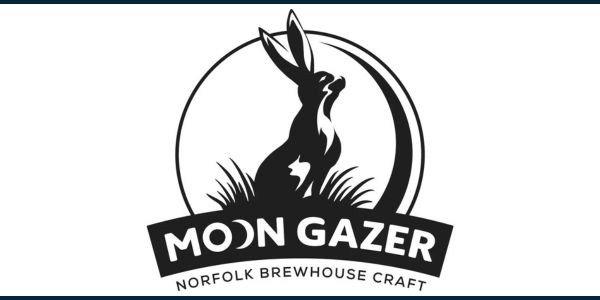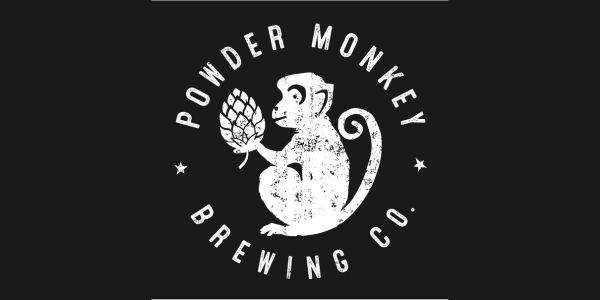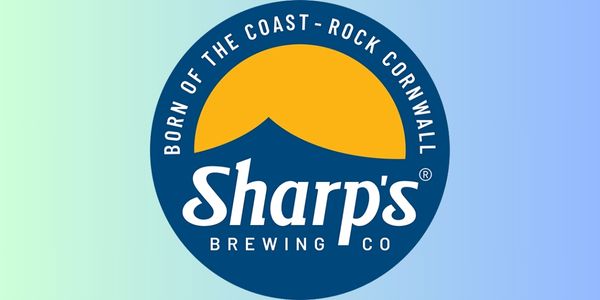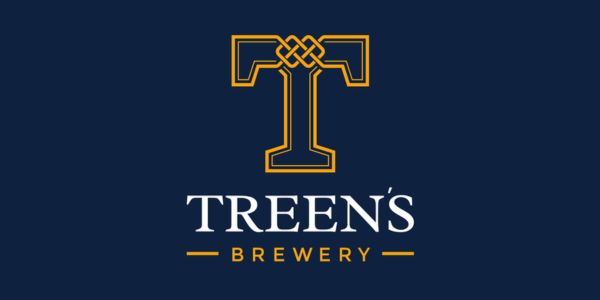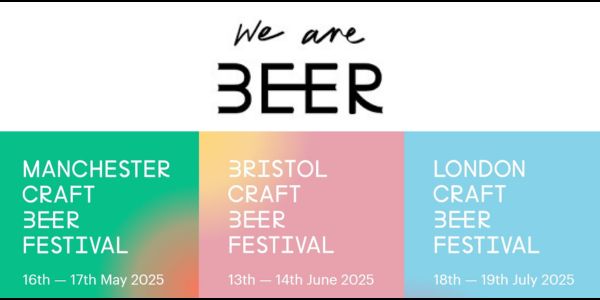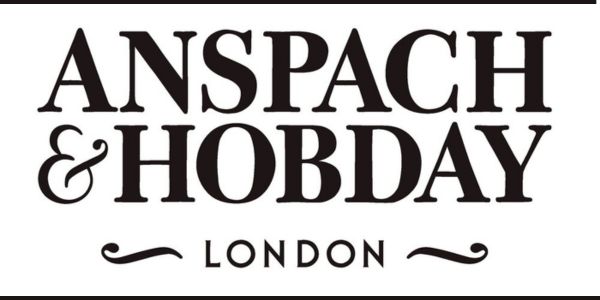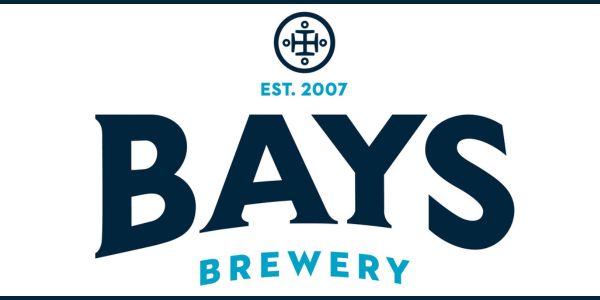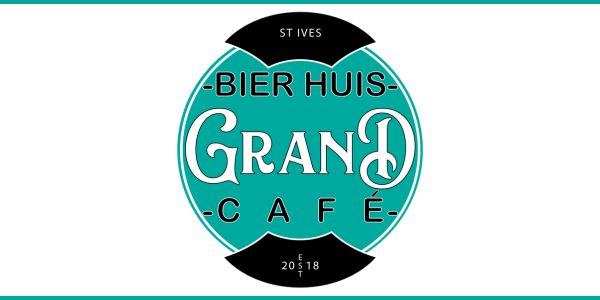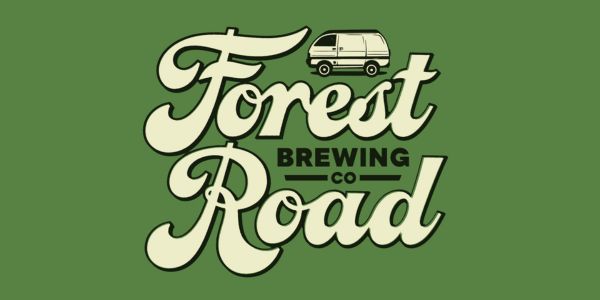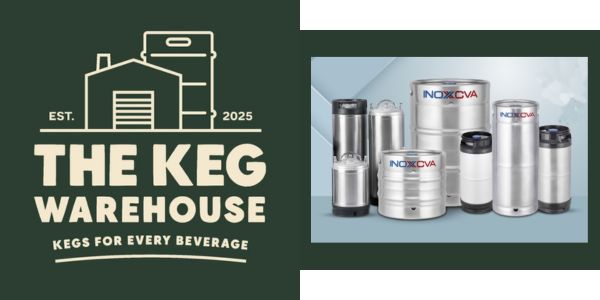Beer sales have been under pressure in recent years, but there is plenty of headroom for growth in a fast-evolving market. At a recent webinar organised by the British Beer and Pub Association and UKHospitality, CGA by NIQ’s client director, Paul Bolton, shared exclusive sales and consumer insights to pinpoint the big trends and opportunities to track. Here are ten.
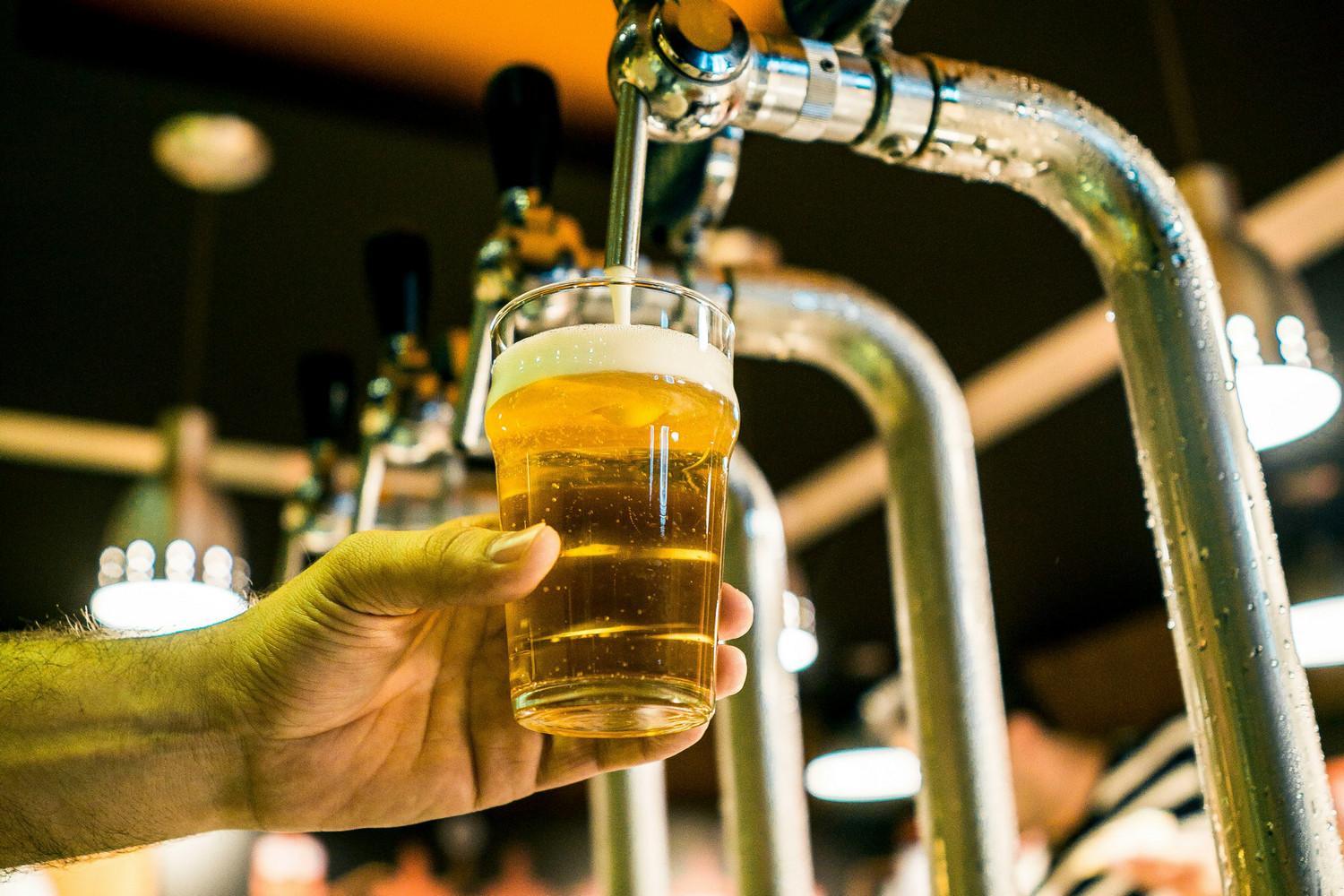
Value sales up, volumes and distribution down
After a challenging 2023, CGA’s On-Premise Measurement service shows sales by value from all drinks categories were flat, year on year. But beer comfortably outpaced this trend with 3% growth, despite a 4% drop in distribution and a 1% fall in sales by volume.
Pubs driving growth
Growth in 2023 was largely powered by pubs, with other segments struggling to match 2022’s numbers. Sales through food pubs and community pubs rose 4% and 2% respectively, but restaurants, bars, and nightclubs all saw beer revenue fall.
Beer takes spirits’ share
A solid year for beer is reflected in its market share gains. It attracted 42.9% of all spending on drinks in the on-trade in 2023, up by 1.3 percentage points year on year. Some of this came at the expense of the spirits category, which lost 1.5 percentage points of share.
Competition from no/low and soft drinks
Beer sales has been hit by the cost of living crisis, and 22% of consumers told CGA’s Consumer Pulse survey in late 2023 that it had led them to choose pints of beer or cider less often — double the number (10%) who were buying them more. Some of these sales have migrated to cheaper no- or low-alcohol alternatives or soft drinks. A fifth (19%) of consumers now buy these more often — more than the number buying them less (18%). Positively, however, 78% of category consumers are drinking the same amount of beer or more.
Consumers choose quality over quantity
While a squeeze on spending has led some people to drink fewer beers, many of them are looking for better options when they do so. Asked about purchases if their total spend were the same, three in five (60%) say they would buy one or two high quality drinks — much more than the number (40%) who would buy three, four, or five cheaper ones.
World lager beats standard
The premiumisation trend helped the world lager category to achieve a 23.3% share of long alcoholic drink (LAD) sales in 2023 — up by 2.6 percentage points year on year. Standard lager went the other way, dropping 1.4 percentage points to 20.8%. At the end of 2023, draught world lager was stocked in more than two-thirds (69.1%) of outlets.
Stout in growth…
Stout is another sub-category winner. It grew its volumes by 18%, and now has an 8.1% share of the LAD market. Its target market is widening fast, and BrandTrack research shows more women, younger adults, and professionals are embracing it.
… But cask ale declining
Some of stout’s share has been taken from cask ale. Its sales by volume fell 5.7% in 2023, extending a longer-term downward trend. Craft keg sales were a rare bright spot in this category, with sales flat.
Draught dominates
Draught serves took 94.1% of all beer volumes in 2023. While packaged volumes were down 5.9%, no- and low-alcohol beers achieved an eye-catching increase of 28.6%. With abstinence and moderation becoming more popular, more gains can be expected in 2024.
Sport drives sales
Beer sales tend to spike around big sporting occasions. CGA’s data revealed an average uplift of 23% on matchdays during the Rugby World Cup, and the ongoing Six Nations will have a similar effect. Capitalising on big events will be crucial to growth for brands and venues in 2024.


